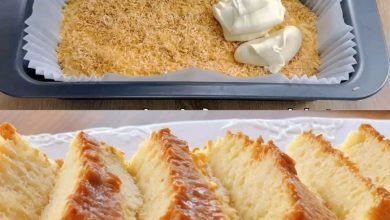The Charm and Significance of Vintage Kitchenware

ADVERTISEMENT
The Charm and Significance of Vintage Kitchenware
Introduction
The kitchen, often referred to as the heart of the home, has seen an evolution of styles and tools that reflect broader cultural and technological shifts. Among these, vintage kitchenware holds a special place, not only for its aesthetic appeal but also for its historical and emotional value. This essay explores the significance of vintage kitchenware, with a focus on how pieces like the mid-century striped glass pitcher combine form, function, and sentimentality.
Body
Vintage kitchenware, from glass pitchers to enamel pots, embodies the era’s technological advances and aesthetic preferences. The mid-20th century, in particular, was a period of vibrant optimism, which was mirrored in the kitchen through bright colors and bold patterns. The striped glass pitcher in the image is a prime example of this period’s design ethos. Its simple yet striking design with red, yellow, and green stripes not only added a pop of color to the kitchen but also reflected the post-war trend towards more cheerful and inviting home environments.
These pieces were often made to last, crafted from materials like heavy-duty glass and ceramics, which stood in stark contrast to today’s disposable culture. This durability speaks to a time when products were made with care, intended to be passed down rather than replaced. The functionality of these items, combined with their aesthetic appeal, made them beloved by generations and now highly sought after by collectors.
The emotional value of vintage kitchenware also cannot be understated. For many, these items serve as tangible connections to past generations, evoking memories of family gatherings, holiday preparations, and daily meals shared around the table. They remind us of the hands that once used them and the stories they could tell, serving as heirlooms that carry personal and familial histories.
Conclusion
Vintage kitchenware like the striped glass pitcher is more than just a utilitarian object; it is a piece of art, a fragment of history, and a vessel of memories. As we continue to navigate a rapidly changing world, the resurgence in popularity of such items is a testament to their lasting appeal and the comfort they bring in connecting us to a seemingly simpler time. They remind us of the importance of craftsmanship, the joy of vibrant design, and the enduring value of objects that tell a story. As such, vintage kitchenware does not just decorate our shelves—it enriches our lives and links us to the collective memory of the culinary and cultural practices of bygone eras.
ADVERTISEMENT




